Home>Gardening & Outdoor>Landscaping Ideas>How Long Does St. Augustine Grass Take To Grow
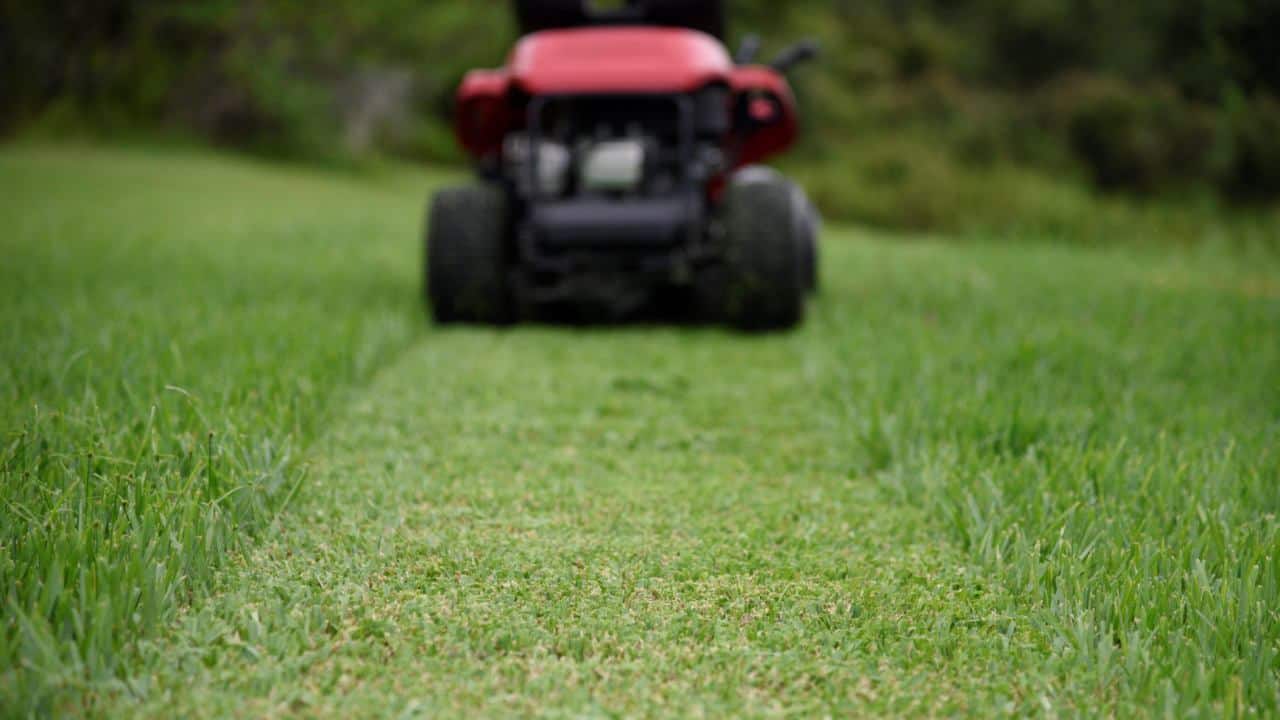

Landscaping Ideas
How Long Does St. Augustine Grass Take To Grow
Modified: March 27, 2024
Discover the ideal growth timeline for St. Augustine grass in your landscaping project. Learn how long it takes to establish a lush, vibrant lawn. Explore landscaping ideas for nurturing healthy, thriving grass.
(Many of the links in this article redirect to a specific reviewed product. Your purchase of these products through affiliate links helps to generate commission for Storables.com, at no extra cost. Learn more)
Introduction
St. Augustine grass, known for its lush, dense growth and vibrant green hue, is a popular choice for lawns in various climates. Homeowners and landscapers alike appreciate its ability to thrive in warm, humid regions, making it a sought-after option for creating luxurious outdoor spaces. However, the journey from sowing St. Augustine grass seeds to enjoying a fully matured, verdant lawn requires patience and understanding of the growth process.
In this comprehensive guide, we will delve into the factors influencing the growth of St. Augustine grass, the various stages of its development, the timeline for reaching maturity, and valuable tips for nurturing its growth. Whether you are establishing a new lawn or rejuvenating an existing one, this information will equip you with the knowledge needed to foster healthy and robust St. Augustine grass growth. Let's embark on this green-fingered adventure and uncover the secrets to cultivating a flourishing St. Augustine grass lawn.
Key Takeaways:
- St. Augustine grass takes approximately 60 to 90 days to grow into a lush lawn, with stages including germination, seedling establishment, vegetative growth, and maturation.
- Factors like climate, soil quality, watering, and maintenance practices influence the growth of St. Augustine grass, requiring careful attention and nurturing for a vibrant and resilient lawn.
Factors Affecting St. Augustine Grass Growth
Several key factors play pivotal roles in influencing the growth and development of St. Augustine grass. Understanding these elements is crucial for creating optimal conditions that facilitate robust and healthy grass growth.
- Climate: St. Augustine grass thrives in warm, humid climates and is well-suited for regions with mild winters and hot summers. It exhibits excellent heat tolerance, making it an ideal choice for lawns in southern coastal areas and other warm-weather regions.
- Soil Quality: The quality of the soil significantly impacts the growth of St. Augustine grass. It prefers well-draining soil with a slightly acidic to neutral pH. Adequate soil nutrients, including nitrogen, phosphorus, and potassium, are essential for promoting healthy growth and vibrant green foliage.
- Watering: Proper watering is crucial for St. Augustine grass. While it exhibits good drought tolerance, regular watering is necessary, especially during dry periods, to maintain its lush appearance and promote vigorous growth.
- Sunlight: Adequate sunlight is vital for the growth of St. Augustine grass. It thrives in areas with partial shade to full sun exposure, making it essential to consider the positioning of the lawn and surrounding landscaping elements.
- Pest and Disease Control: Effective pest and disease management are essential for sustaining healthy St. Augustine grass growth. Regular monitoring for pests and diseases, along with timely intervention, is crucial for preventing damage and promoting optimal growth.
By carefully considering and managing these factors, homeowners and landscapers can create an environment that is conducive to the thriving growth of St. Augustine grass, resulting in a lush and vibrant lawn that enhances the beauty of outdoor spaces.
Stages of St. Augustine Grass Growth
The growth of St. Augustine grass unfolds in distinct stages, each contributing to the overall development of a lush and resilient lawn. Understanding these stages is essential for effectively nurturing the grass through its growth journey.
- Germination: The growth process begins with the germination of St. Augustine grass seeds. During this stage, the seeds absorb water and swell, initiating the sprouting process. Adequate moisture and favorable soil conditions are crucial for successful germination.
- Seedling Establishment: As the seeds germinate, they give rise to delicate seedlings that gradually develop into young grass plants. During this stage, the seedlings require careful attention to ensure they receive adequate water, sunlight, and nutrients for healthy growth.
- Vegetative Growth: Once the seedlings establish themselves, the vegetative growth stage commences. St. Augustine grass undergoes rapid leaf and stem development, expanding its coverage and density. Regular watering, appropriate fertilization, and maintenance practices support robust vegetative growth.
- Maturation: As the grass continues to thrive, it progresses towards maturation. During this stage, the grass achieves its full height and density, forming a lush and vibrant lawn. Optimal care, including mowing, watering, and ongoing maintenance, contributes to the maturation of St. Augustine grass.
By recognizing and appreciating the stages of St. Augustine grass growth, individuals can tailor their care and maintenance efforts to meet the specific needs of the grass at each phase. This holistic approach fosters healthy development and ensures the realization of a beautiful and resilient St. Augustine grass lawn.
St. Augustine grass typically takes about 7-14 days to germinate and start growing. However, it can take several months to establish a full, healthy lawn, so be patient and provide proper care during this time.
Time Frame for St. Augustine Grass to Reach Maturity
The journey from sowing St. Augustine grass seeds to achieving a fully matured, lush lawn is a process that unfolds over time. Understanding the typical time frame for St. Augustine grass to reach maturity is essential for setting realistic expectations and implementing effective lawn care practices.
From the initial stage of seed germination to the establishment of a flourishing lawn, the time frame for St. Augustine grass to reach maturity can vary based on several factors, including climate, soil conditions, and maintenance practices. On average, it takes approximately 60 to 90 days for St. Augustine grass to establish a strong root system and achieve substantial coverage.
During the initial germination and seedling establishment phase, which spans approximately 7 to 14 days, the seeds sprout and develop into young grass plants. Adequate moisture, sunlight, and nutrient-rich soil are crucial during this period to support the healthy growth of the seedlings.
As the grass progresses into the vegetative growth stage, which typically lasts 4 to 6 weeks, it undergoes rapid expansion and establishes a denser coverage. This stage is characterized by vigorous leaf and stem development, requiring regular watering, fertilization, and maintenance to promote optimal growth.
Upon entering the maturation phase, which occurs around 8 to 12 weeks after germination, the grass achieves its full height and density, signaling the attainment of maturity. At this point, the lawn exhibits a lush, vibrant appearance, marking the successful completion of the growth process.
It is important to note that the time frame for St. Augustine grass to reach maturity may be influenced by environmental factors and the specific cultivar being grown. Additionally, ongoing care and maintenance, including mowing, watering, and fertilization, play a crucial role in nurturing the grass towards maturity and sustaining its health and beauty.
By recognizing the approximate time frame for St. Augustine grass to reach maturity, individuals can plan and execute their lawn care efforts with a clear understanding of the growth process, ultimately fostering the development of a thriving and visually stunning St. Augustine grass lawn.
Tips for Promoting St. Augustine Grass Growth
Nurturing the growth of St. Augustine grass requires a combination of thoughtful practices and attentive care to create an environment that fosters robust and healthy development. By incorporating the following tips into your lawn care routine, you can effectively promote the growth and vitality of St. Augustine grass, cultivating a lush and vibrant outdoor space.
- Soil Preparation: Prior to planting St. Augustine grass, ensure the soil is well-prepared by tilling it to a depth of 4-6 inches and incorporating organic matter, such as compost, to enhance its fertility and structure.
- Proper Watering: Provide consistent and deep watering to encourage strong root growth. Water the grass early in the morning to allow for optimal absorption, and avoid overwatering, which can lead to shallow root systems.
- Fertilization: Apply a balanced, slow-release fertilizer designed for St. Augustine grass to provide essential nutrients for healthy growth. Follow recommended application rates and timing to avoid over-fertilization.
- Mowing Practices: Maintain the grass at an appropriate height of 3.5 to 4 inches, adjusting the mowing frequency to accommodate its growth rate. Avoid cutting more than one-third of the grass blade length in a single mowing session.
- Weed Control: Implement proactive weed control measures to prevent invasive plants from competing with St. Augustine grass for essential resources. Use herbicides specifically formulated for St. Augustine grass and follow application guidelines carefully.
- Pest and Disease Management: Regularly inspect the lawn for signs of pests and diseases, and promptly address any issues to prevent damage to the grass. Utilize appropriate pest control methods and disease-resistant cultivars when establishing or renovating the lawn.
- Appropriate Sunlight: Ensure the lawn receives adequate sunlight, as St. Augustine grass thrives in partial shade to full sun conditions. Prune overhanging branches or adjust landscaping elements to optimize sunlight exposure.
- Aeration and Dethatching: Periodically aerate the soil to alleviate compaction and promote better air and water penetration. Additionally, dethatch the lawn to remove excessive thatch buildup, allowing for improved nutrient uptake and root development.
By incorporating these tips into your lawn care regimen, you can create an optimal environment for promoting the growth and vitality of St. Augustine grass. Consistent and attentive care, coupled with a proactive approach to maintenance, will contribute to the development of a lush, resilient, and visually captivating lawn that showcases the beauty of St. Augustine grass.
Read more: How To Grow St Augustine Grass
Conclusion
Cultivating a thriving and visually stunning St. Augustine grass lawn is a rewarding endeavor that requires a blend of patience, knowledge, and attentive care. By understanding the factors influencing its growth, recognizing the stages of development, and implementing effective strategies, homeowners and landscapers can foster the healthy and robust growth of St. Augustine grass, transforming outdoor spaces into lush, inviting sanctuaries.
From the initial stages of seed germination and seedling establishment to the maturation of a vibrant lawn, each phase of St. Augustine grass growth presents opportunities for nurturing and enhancing its beauty. By considering essential factors such as climate, soil quality, watering, sunlight, and pest management, individuals can create an environment that supports the flourishing growth of this resilient grass variety.
Furthermore, by adhering to best practices such as proper soil preparation, watering, fertilization, mowing, and pest control, individuals can promote the vitality and resilience of St. Augustine grass, ensuring the sustained beauty and health of their lawns. Through consistent care and thoughtful maintenance, the lush and vibrant appearance of St. Augustine grass can be maintained, enriching outdoor landscapes with its lush, verdant allure.
As you embark on your journey to cultivate a flourishing St. Augustine grass lawn, remember that each step in the growth process is an opportunity to nurture and celebrate the natural beauty of this resilient grass variety. With dedication, knowledge, and a touch of green-fingered expertise, you can create an outdoor oasis characterized by the timeless allure of St. Augustine grass, enriching your surroundings with its lush, vibrant presence.
So, roll up your sleeves, tend to the soil, and watch as the verdant tapestry of St. Augustine grass unfolds, transforming your outdoor space into a captivating haven of natural beauty and tranquility.
Frequently Asked Questions about How Long Does St. Augustine Grass Take To Grow
Was this page helpful?
At Storables.com, we guarantee accurate and reliable information. Our content, validated by Expert Board Contributors, is crafted following stringent Editorial Policies. We're committed to providing you with well-researched, expert-backed insights for all your informational needs.
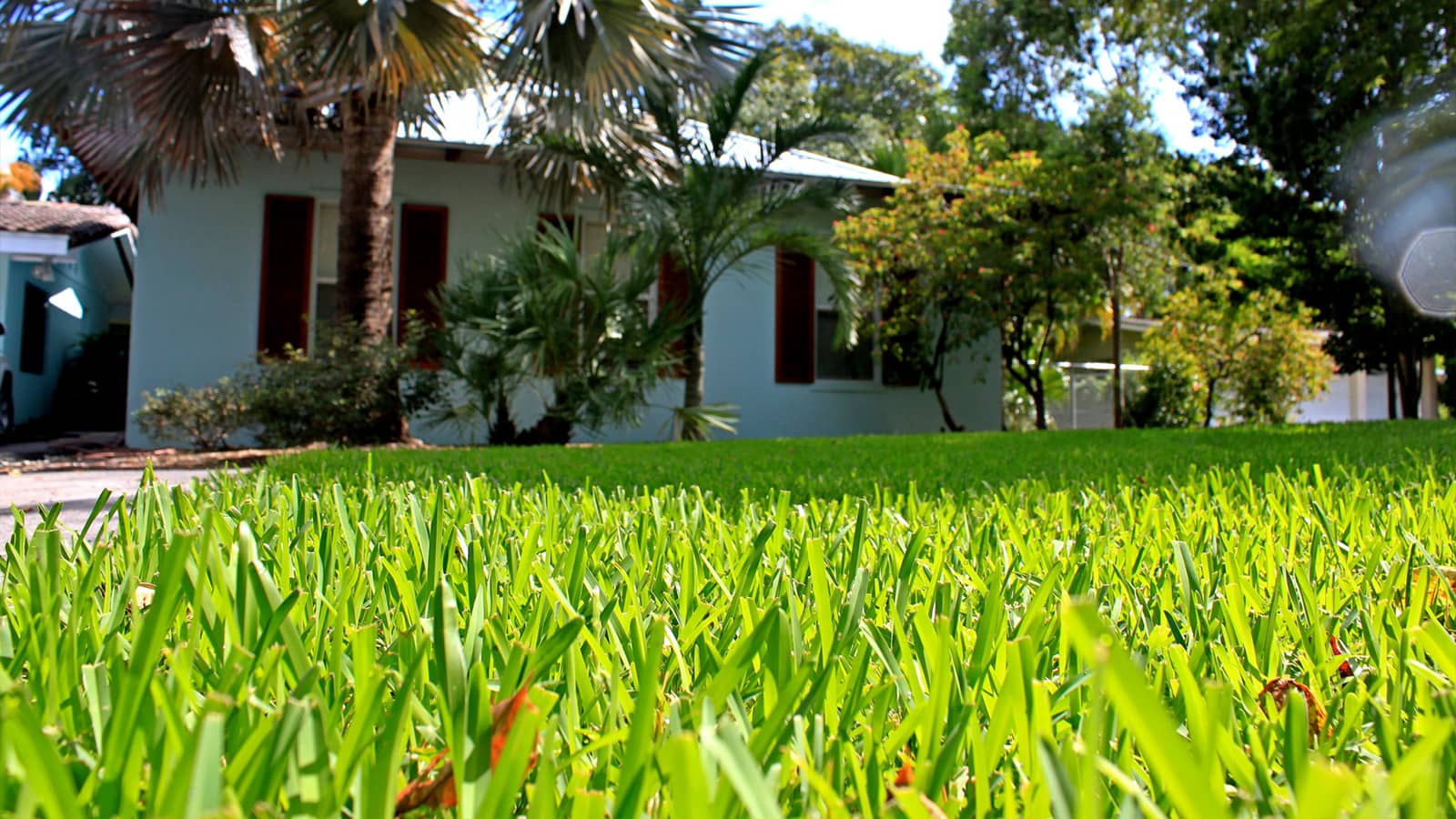
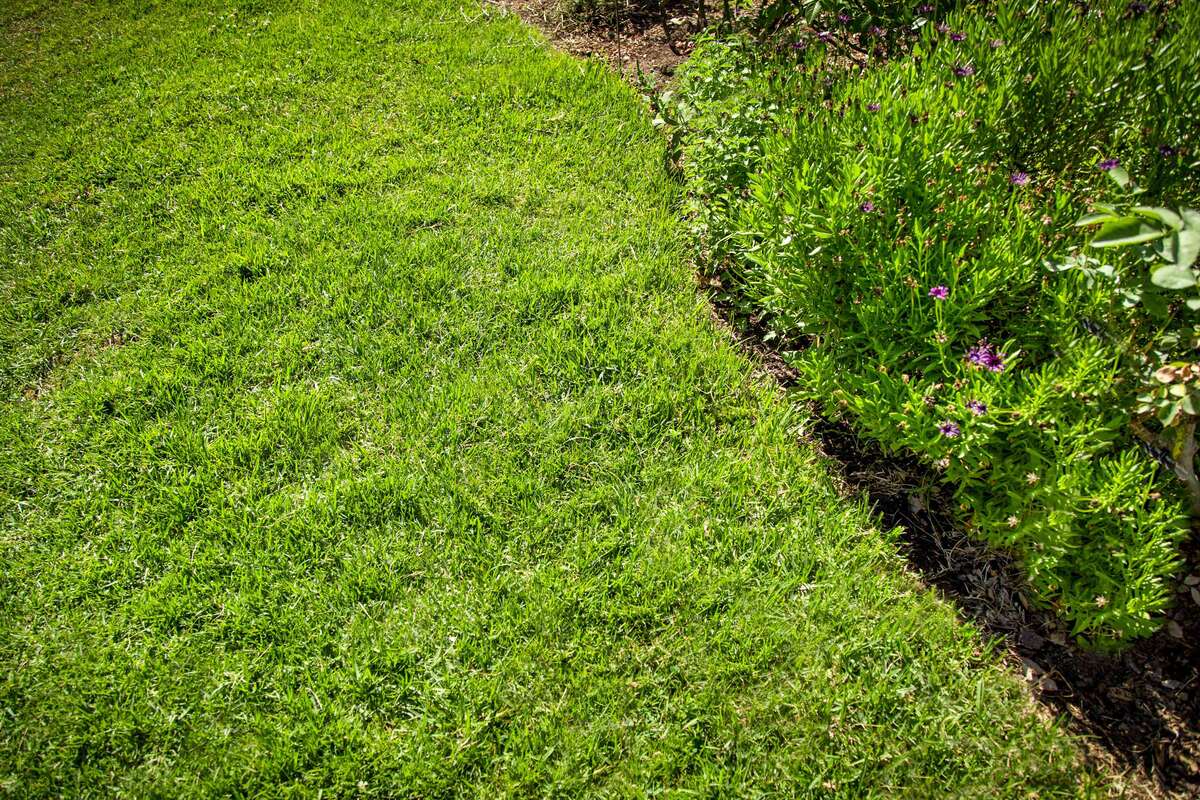
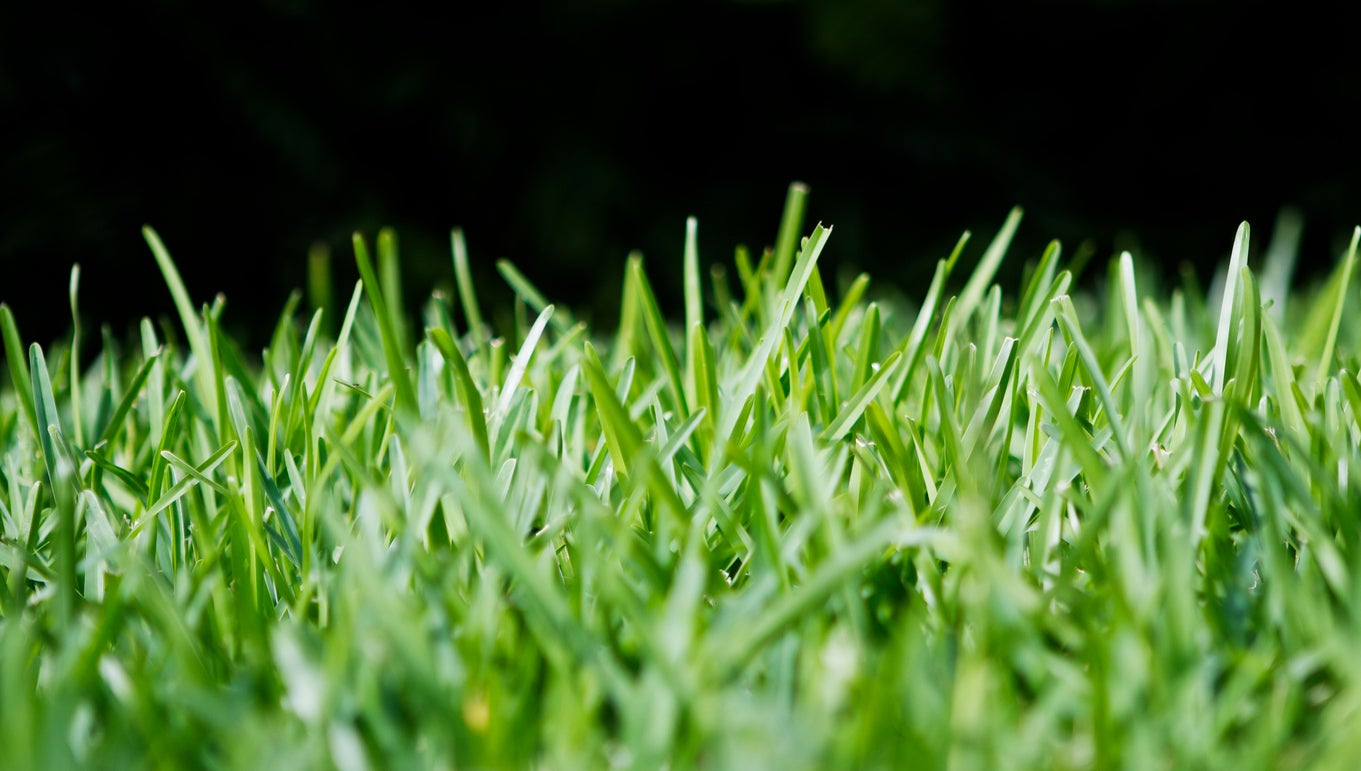
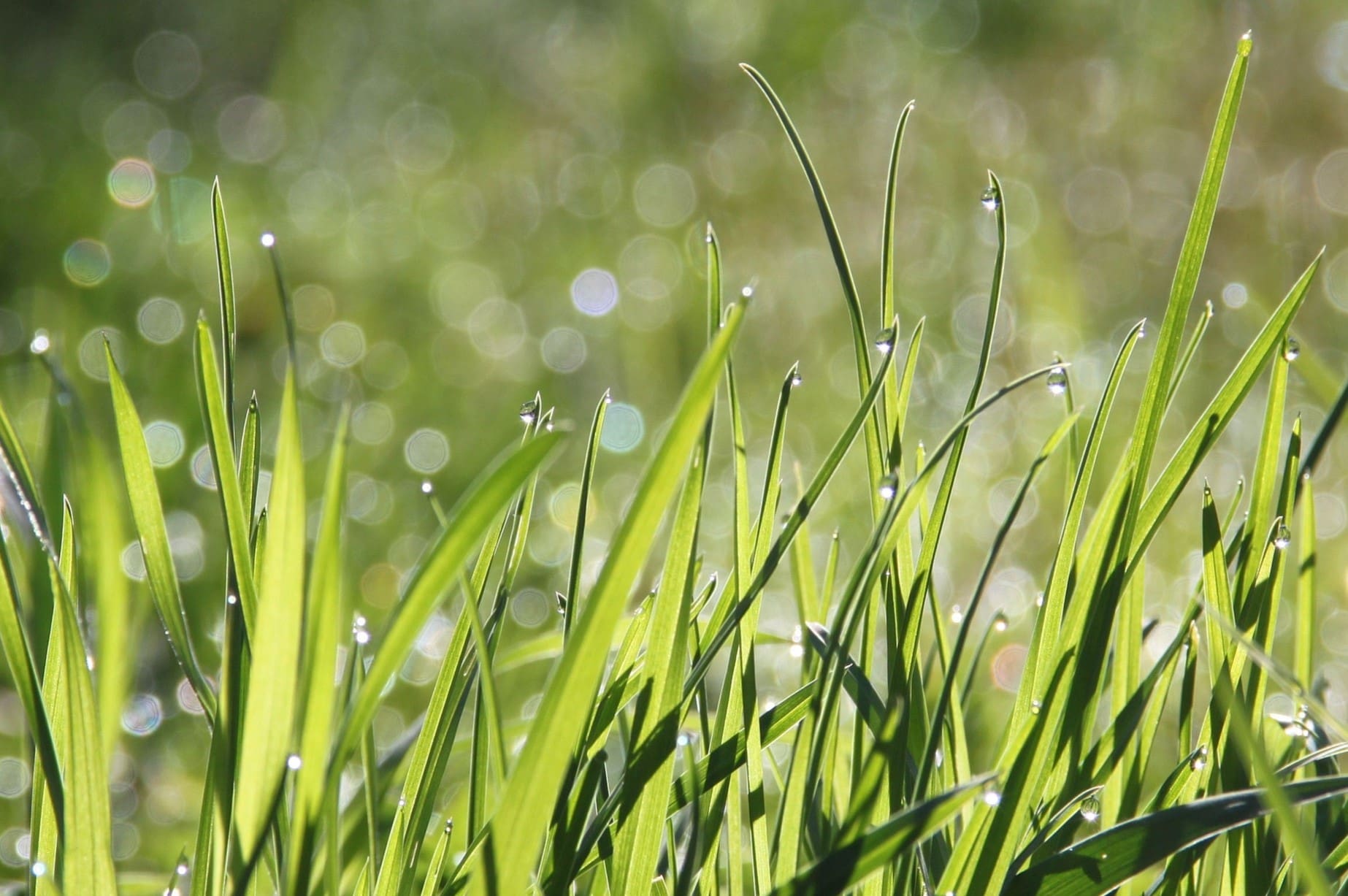
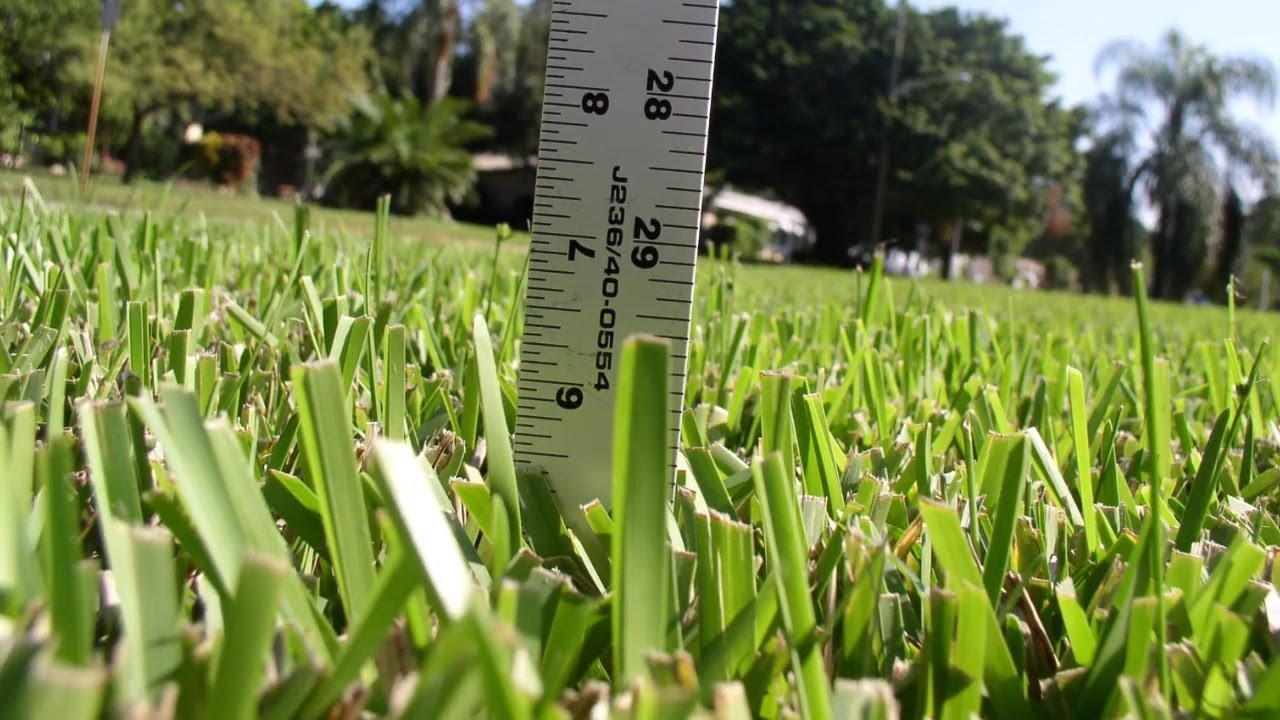
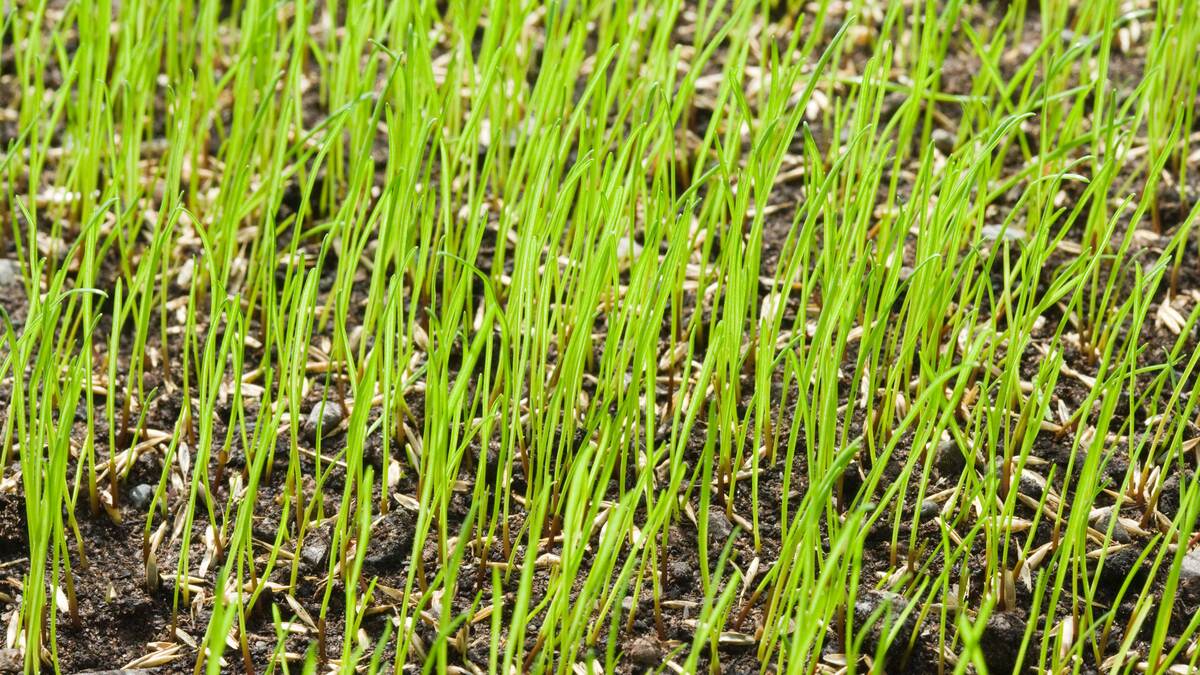
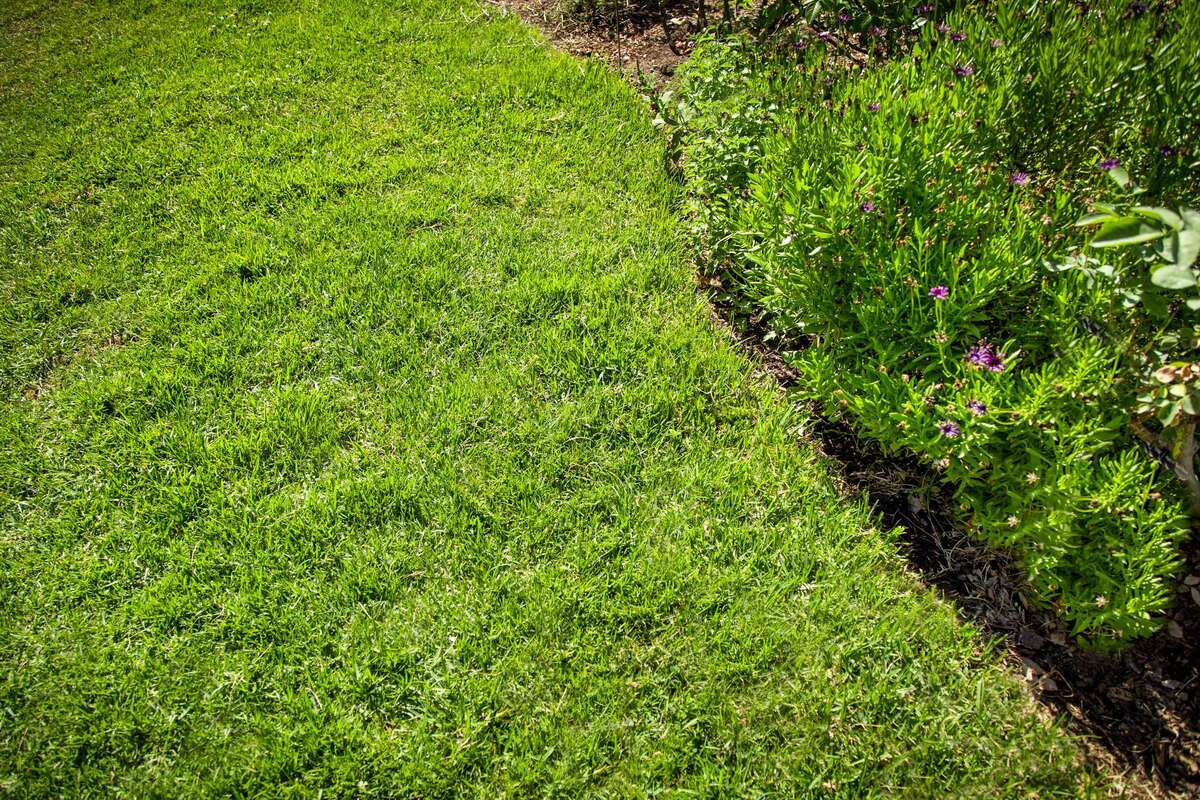
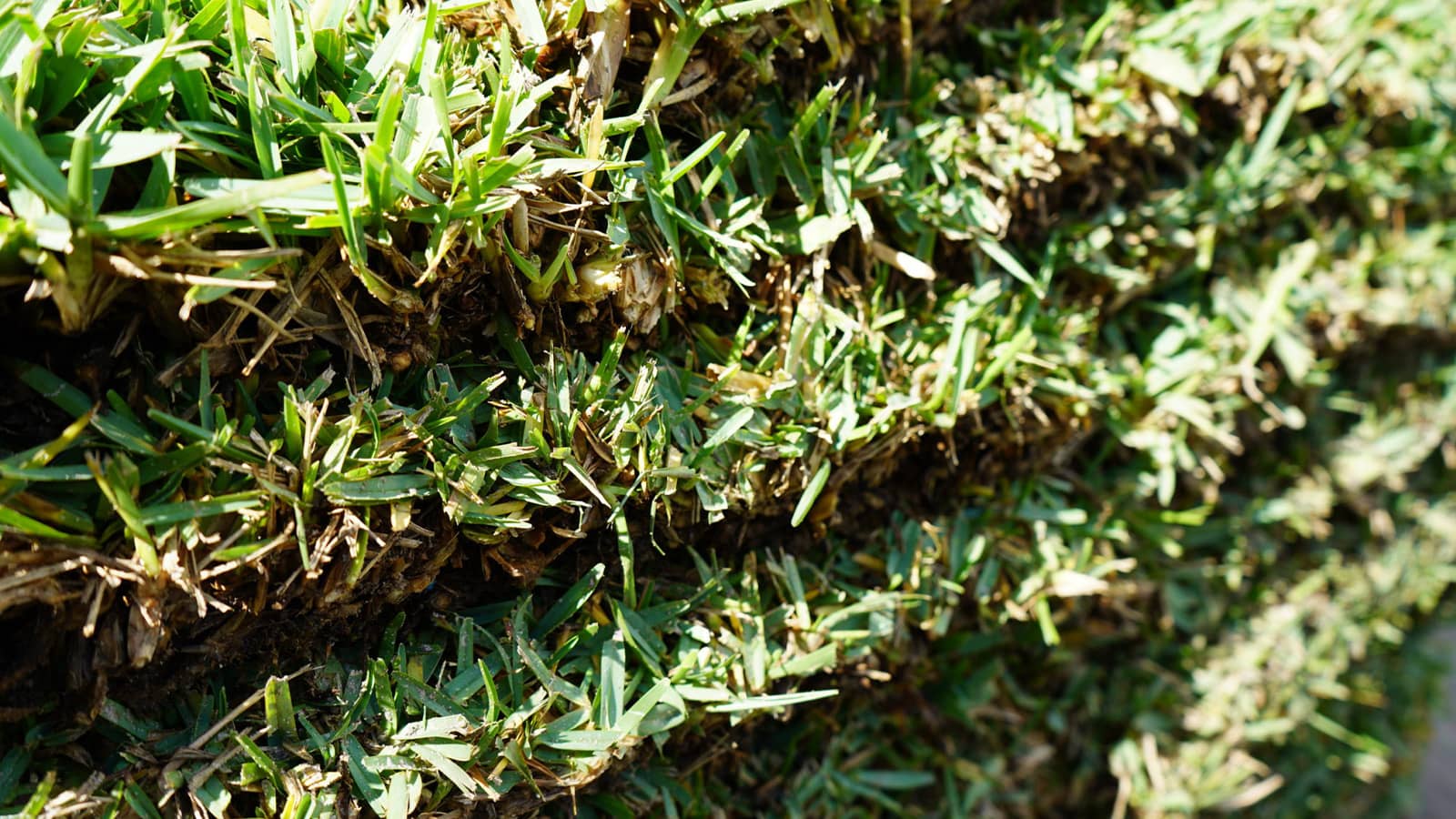
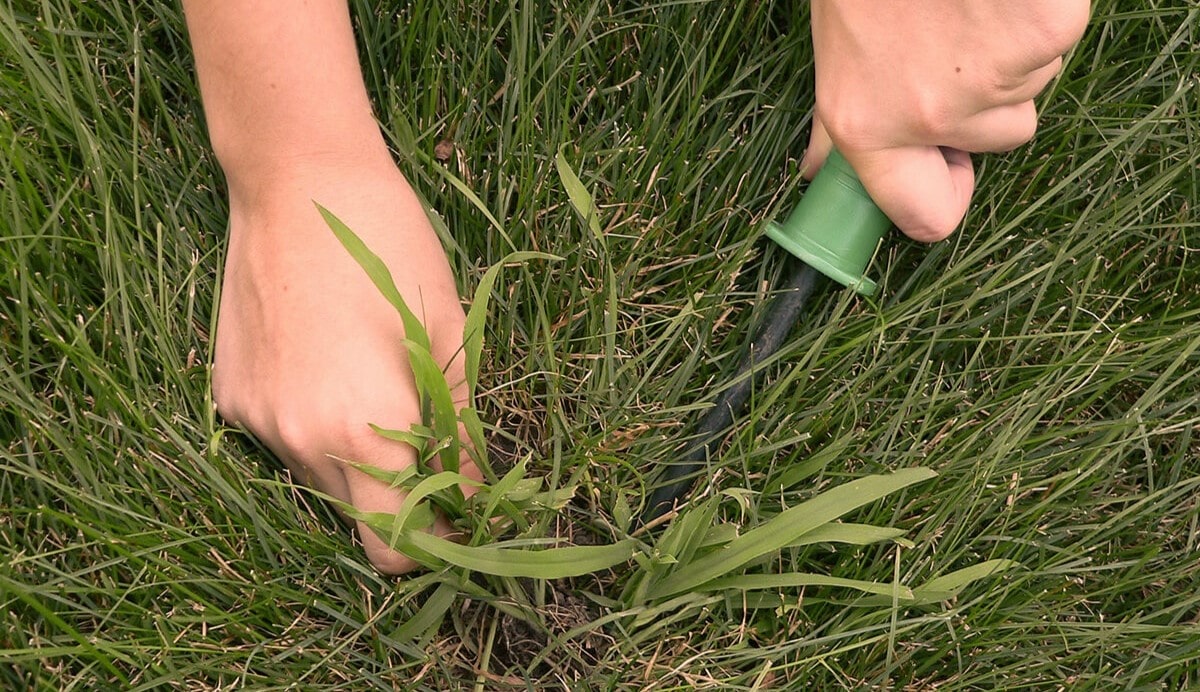
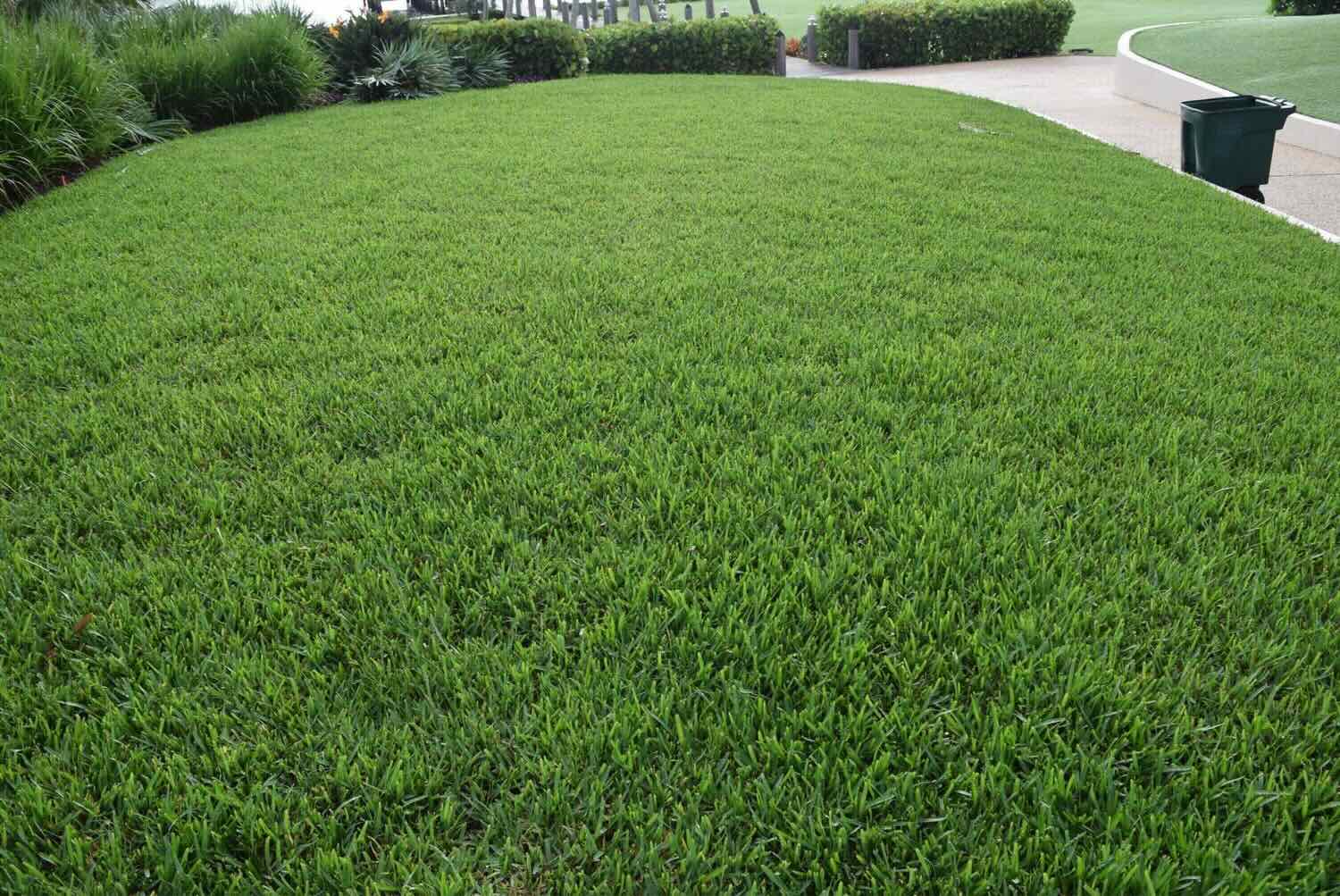
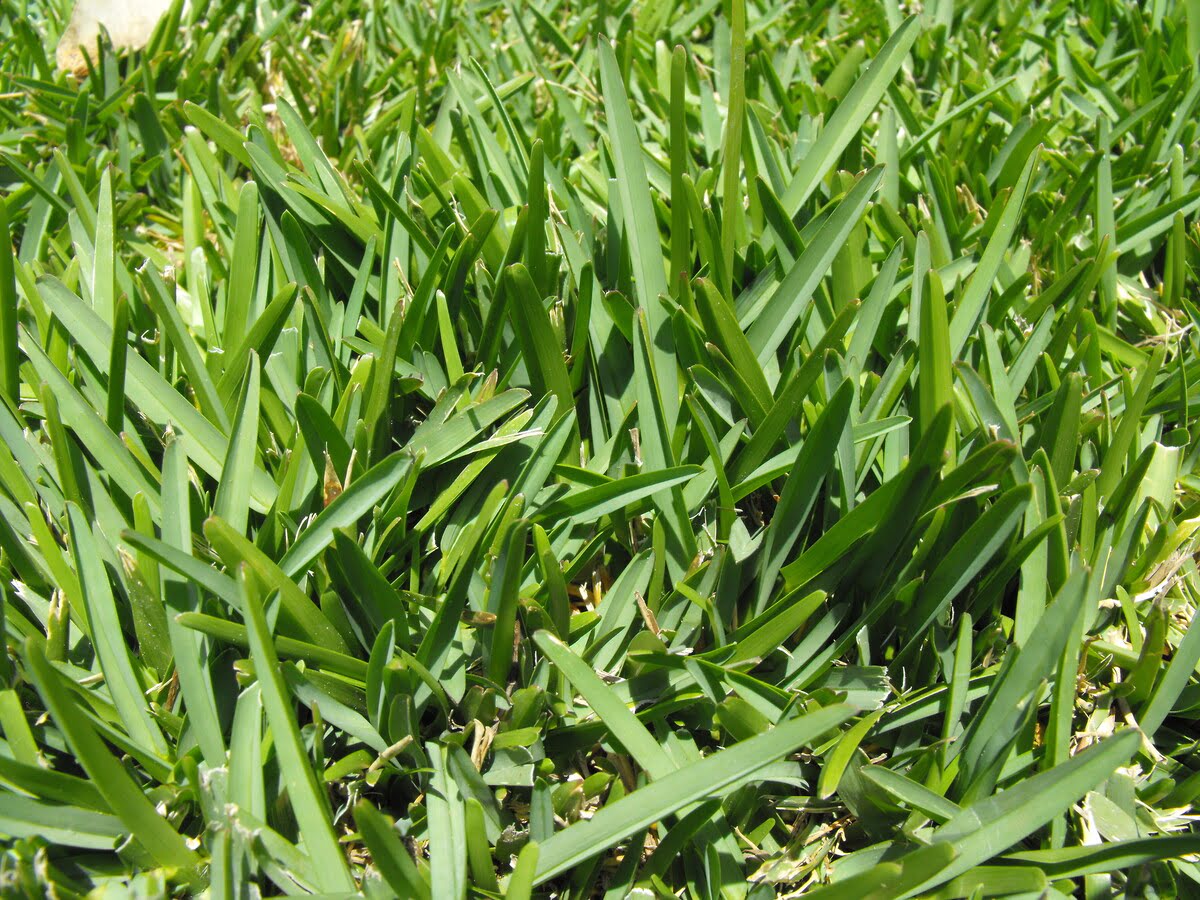
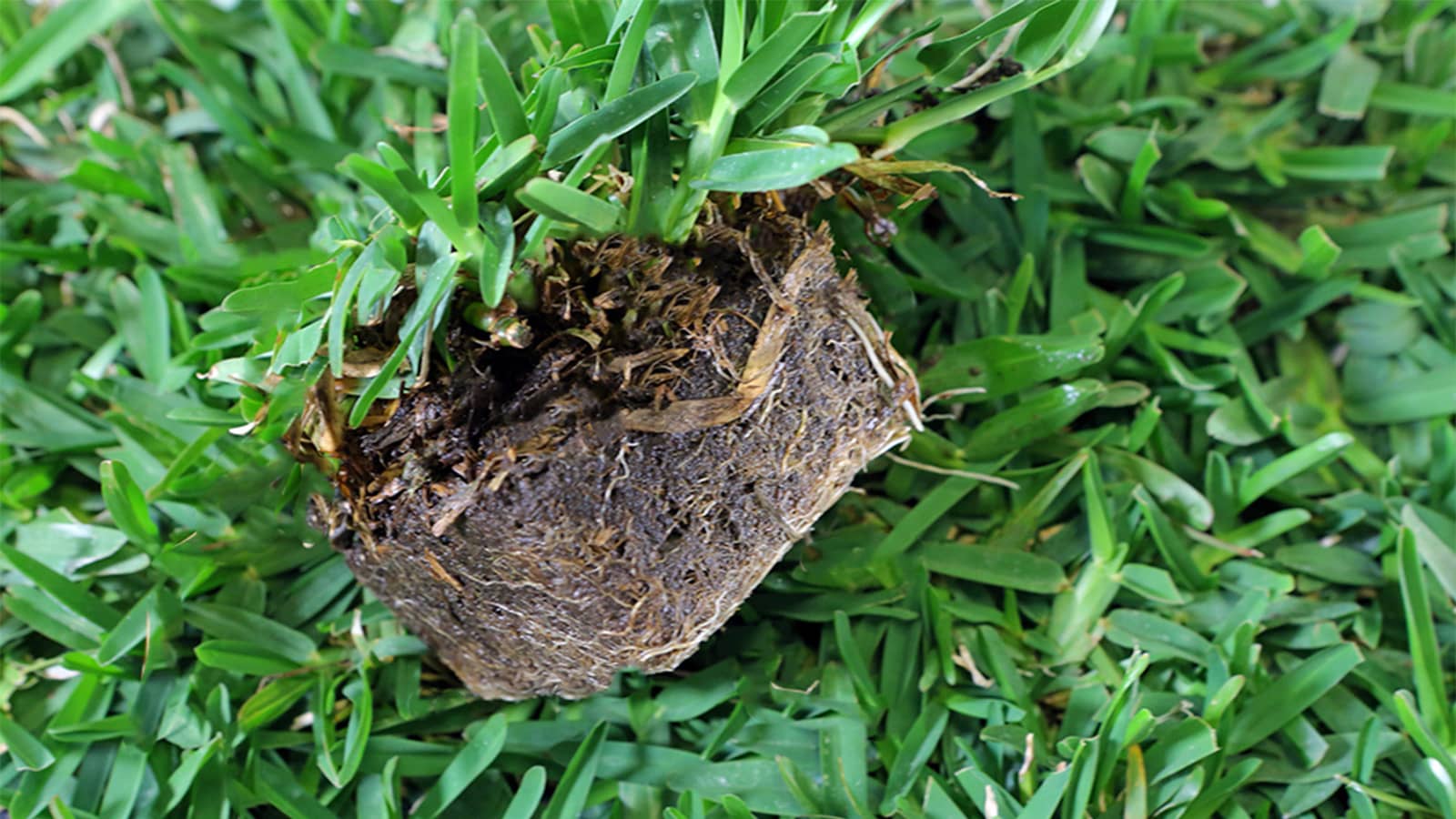
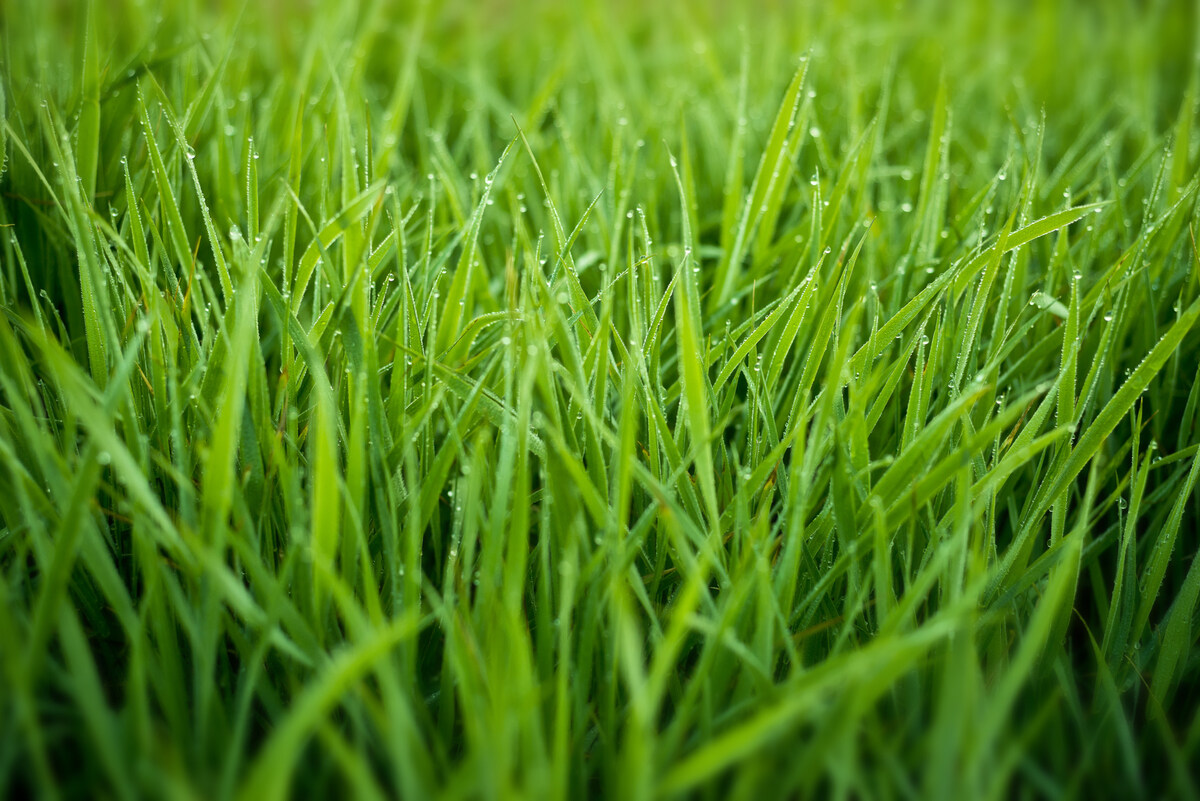
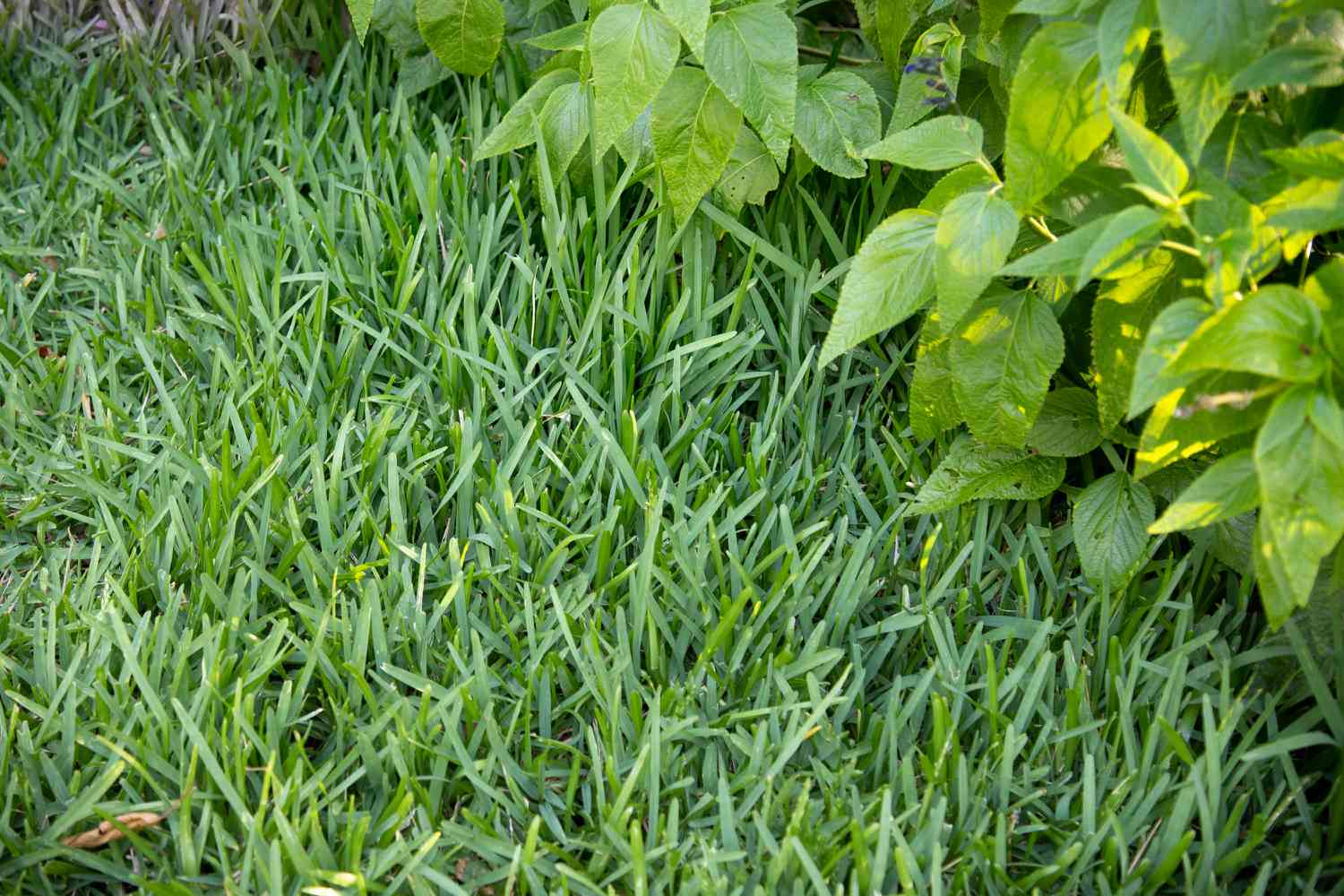

0 thoughts on “How Long Does St. Augustine Grass Take To Grow”